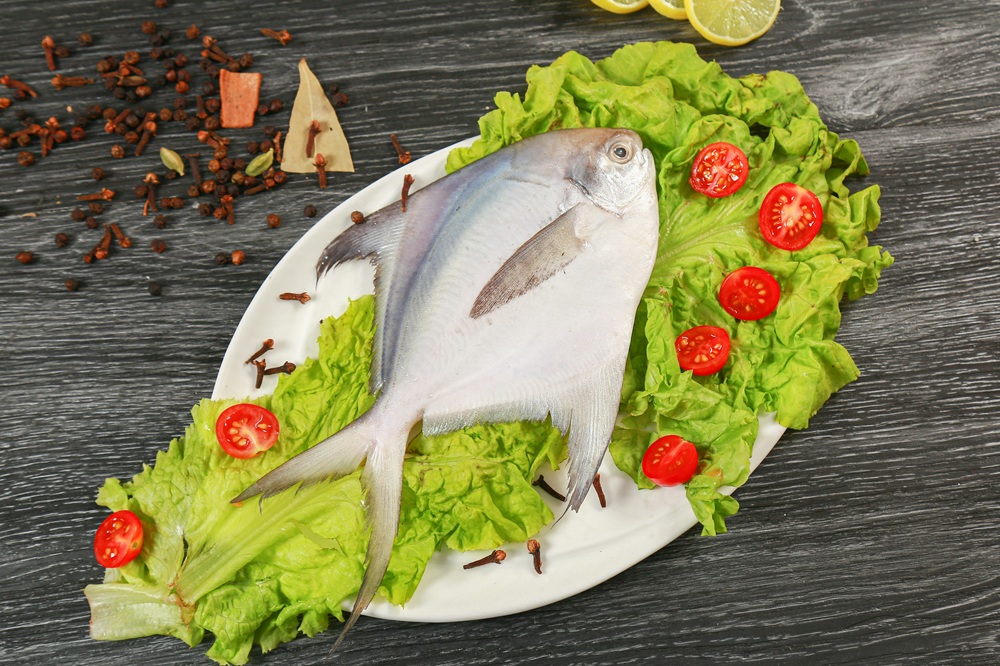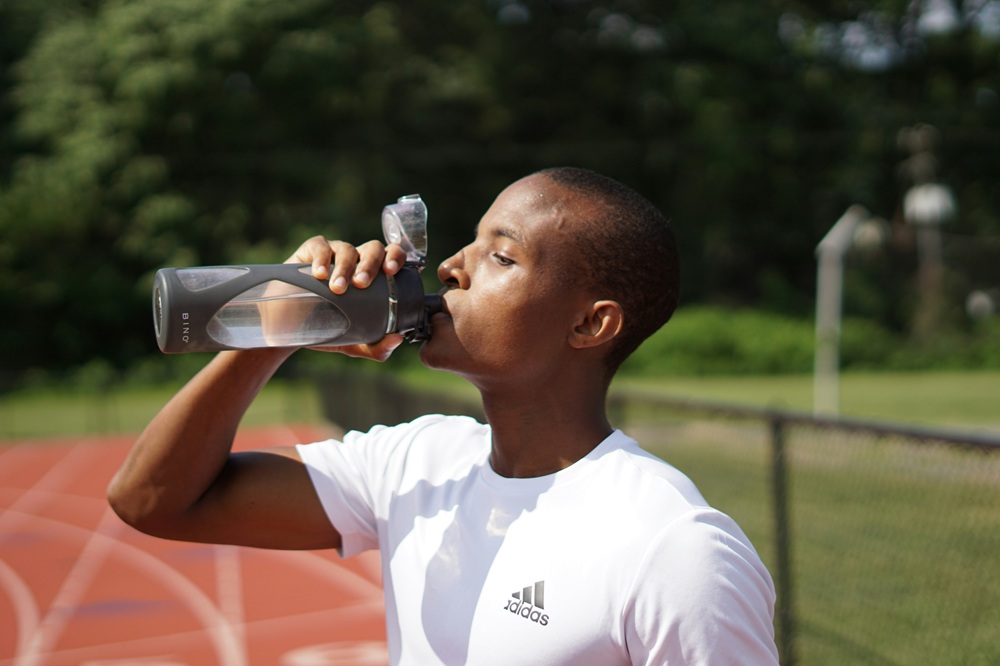They go for 90 minutes without a break, and they can do it all—jump, twist, sprint, and shoot with machine-like precision. Nothing is done without having real food, which is planned to the smallest detail. Nutrition isn’t just essential for FIFA and NBA players; it’s their super weapon. So, what’s on their plates, and why does it matter? Let’s go and see what goes on behind the curtains of an elite athlete’s diet.
Fueling Like a Pro
A FIFA player can burn over 3,400 calories in a single match, while an NBA player can burn up to 5,000 calories on a double-header night. This isn’t pizza or cola territory; it’s serious science. Every single bite is particularly impactful during tournament season and training blocks. Now teams like Manchester City and Real Madrid, which are among the most popular on online betting sites, hire full-time sports nutritionists to monitor the daily nutritional balance of their players. And they are clearly not doing this “just to be on point,” no, it is part of a global strategy!
NBA franchises followed suit. The Miami Heat and Golden State Warriors started serving performance kitchens that use bloodwork and biometrics to serve nutrient-timed meals. From carbohydrate loading to lean protein recovery and even omega-3s for inflammation, it’s a 24/7 job. Not eating right isn’t an option: it could be the difference between losing 20 points to a pulled hamstring.

What’s on Their Plate?
A professional nutrition plan requires an individual to be balanced and consistent in their approach. Athletes do not just ‘eat clean.’ They eat with intent. Let us now discuss what the top-tier athletes in the world consume:
- Complex Carbohydrates: During endurance training sessions, whole grain pasta, quinoa, and brown rice are crucial. These carbs are strategically consumed before practices and matches to maximize energy levels and fatigue resistance during high-intensity bursts.
- Lean Proteins: Post-training, FIFA players, on average, consume 1.6 to 2.2 grams of protein for every kilogram of their body weight. Chicken breast, salmon, turkey, and plant-based protein are essential for muscle fiber repair.
- Healthy Fats: Avocados, nuts, and olive oil, along with fatty fish, are vital for reducing inflammation and maintaining joint health. They also enhance cognitive function—crucial for fast-paced decision-making in sports like basketball.
- Micronutrient-Rich Vegetables: Spinach, kale, sweet potatoes, and broccoli are packed with vitamins, magnesium, and iron that enable the oxygen muscle delivery system, muscle function, and bone strength.
Every meal has its own time schedule. Breakfast starts with hydration, lunch happens after weight training, while dinner sets the body for restful sleep and recuperation. Everything is scheduled, and nothing is arbitrary!
Game-Day Meals
Prior to a match, nutrition is very precise. You want your favorite players, on whom you can place bets in Melbet Myanmar, to show the best results, right? We are sure that yes! So nutrition is simply necessary. For FIFA players, this means eating some chicken, pasta, and sweet potatoes about 3 to 4 hours before the match. This meal is high in carbohydrates, low in fat, and contains moderate amounts of protein, making it easy to digest.
NBA players prefer rice bowls with lean beef or grilled fish with quinoa and sautéed greens, as they are less heavy. The main goal is to store as much glycogen as possible while avoiding stress on the digestive systems of the players. Hydration is also key, as it starts the day prior to the game. Electrolytes, high-sodium drinks, and plenty of fluids help hydrate the players, as there is no margin for error in preparation.
Recovery meals are served immediately after a match. Clubs are now preparing post-game shakes containing three parts carbohydrates to 1 part protein, along with chocolate milk, bananas, and whey. The faster the body receives nutrients, the quicker it can recover.
Snacks That Power Performance
Snacks play an integral role in an athlete’s diet and are preplanned ahead of time, not eaten willy-nilly. Each snack is purposefully designed to supplement a specific training block. Here is a breakdown of the snacks and their purpose:
- Greek Yogurt with Berries: Very suitable for recovery after an intense workout because of its high protein, antioxidant, and probiotic value.
- Nut Butter Rice Cakes: The rice cakes provide simple carbohydrates and are coupled with nut butter for healthy fats. They are ideal for energy on the go since they do not cause bloating.
- Boiled Eggs and Fruit: Eggs contain protein and choline, while fruit adds hydration and sugar. This makes the combination portable and balanced.
- Protein Smoothies: Shakes with bananas, oats, whey, and almond milk are excellent for a quick boost in energy during afternoon training sessions.
Snacks are often taken in between workouts, during travel periods, or scheduled around other events. This is done to stabilize mental sharpness and blood sugar levels.
Hydration Habits
Professional athletes start drinking well before feeling thirsty—they practice intentional hydration. Dehydration greater than 2% can drop performance by up to 10%. In the case of the NBA, which features grueling 48-minute games full of stop-and-start action, teams weigh their players before and after matches to keep tabs on fluid loss. Some athletes lose over 2 kg during a single game!
FIFA players have it a bit easier and utilize urine color strips, smart bottles, and even blood sodium monitoring. Electrolyte drinks like Skratch Labs and custom hydration mixes that include sodium, potassium, and magnesium are omnipresent. Other sources of hydration that are popular for muscle recovery and natural hydration include coconut water and tart cherry juice.
Sweat rates differ from individual to individual, which is why tailored hydration plans are now the norm. While some consume fluids at a rate of 1 liter/hour, others need to consume much more. Caffeine, on its part, is a powerful tool used strategically to increase alertness but always carefully administered to avoid late-night spikes in cortisol levels.

Recovery Through Food
Post-practice and post-match, the sole concern is the same: rebuilding. Repairing muscle tissues, replenishing glycogen stores, providing immune support, and much more all happen in the kitchen. After a round of strenuous activity, players are offered a blend of easily digestible carbohydrates and proteins. This window in between is where results come—“anabolic window.”
FIFA players might feast on roasted vegetables served with lean lamb and couscous on the side. NBA players frequently opt for roasted potatoes and sautéed spinach with grilled salmon on the side. To promote faster recovery and improve joint health, collagen powder, BCAAs, and vitamin D3 are added.
Food even facilitates sleep, fueling it with casein-rich snacks such as cottage cheese or protein puddings, which boost recovery for the night. Dinner times are adjusted based on the wearables, which track the sleep cycles to ensure optimal results. Refueling the body ensures rest.
Champions Don’t Eat for Taste—They Eat for Greatness
Every grain of rice, every sip of water, and even every protein shake: it’s all a part of the steps to the top. Athletes are not tracking their food for a trendy diet; that’s far too simple. It’s about mastering goals, having discipline, and winning at all costs. In elite sports, nutrition isn’t an afterthought anymore; it’s the fuel for every sprint, dunk, and goal. Their food isn’t just a necessity; it’s a weapon and an aide to victory.